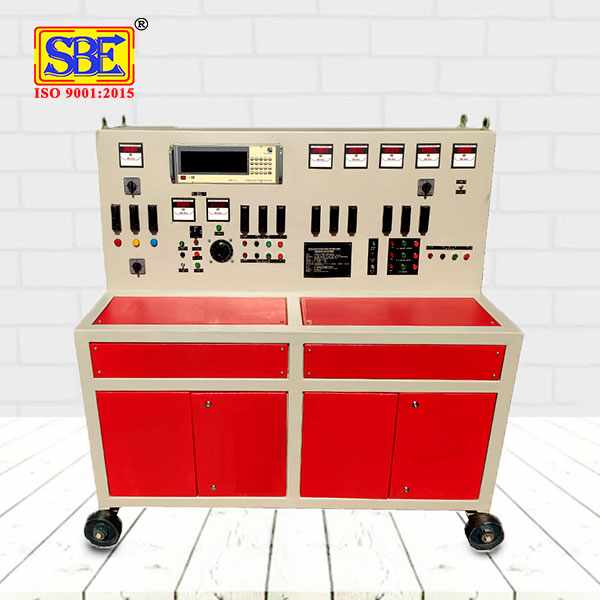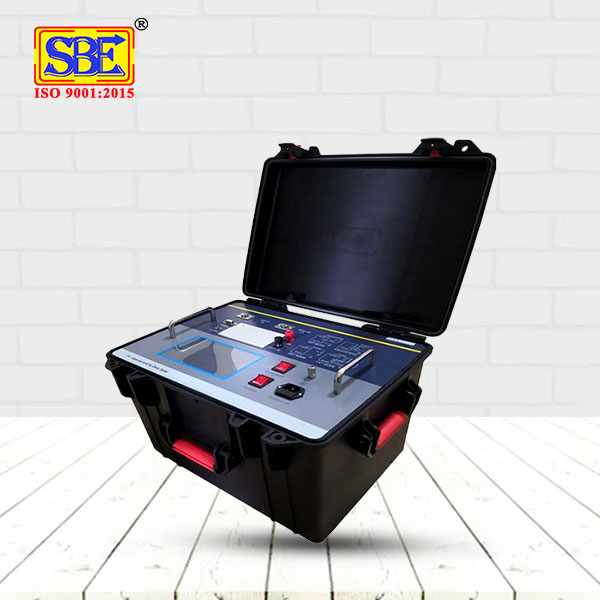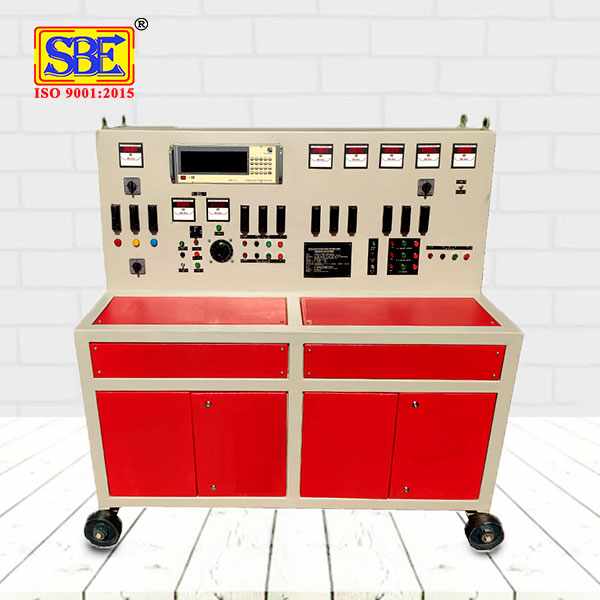
Measuring resistance was one of the first electronic lab activities, often using an axially leaded component and a contact resistance meter. This approach works well for large resistance levels or measurements that do not require exquisite precision, but major adjustments are required when the measurement is not as forgiving.
An issue emerges when the connection's resistance contributions are not minor; in other words, the mistake contributed by the leads and connection causes a substantial percent error in the measurement. Physical probing techniques make electrical contact resistance unavoidable, but other connection topologies significantly reduce its impact.
The causes of electrical contact resistance and how to isolate them with a contact resistance meter.
While most laboratory technicians are familiar with resistance measurement methods, it is important to note that a contact measurement (i.e., probing) differs from the object's inherent resistance due to imperfections between the contact surfaces as well as the added resistance of the leads and connections. The latter is often fully described by the equipment maker and, while unavoidable, is held responsible during measurements with a simple offset value (this value may fluctuate during the equipment's life). There are two key systems to keep note of while dealing with touch actions:
The area of the surfaces that come into contact at the interface varies with force.
The measurement's contact resistance is distributed across the surfaces in contact.
The simplicity of these statements hides the complexities of accurately determining the electrical contact resistance. What seems to be two smooth and featureless surfaces to the naked eye becomes significantly rougher when magnified. At the microscopic level, weak contact between asperities (rough microscopic surface characteristics) causes capacitive interaction with the surface's troughs. The presence of oxides and adsorbed moisture on the surface of metal contacts complicates contact even further and increases resistance until sufficient force produces direct contact with the underlying metal.
The Positive Effects of Resistance Creep
Resistance creep occurs when repeated contact measurements cause the resistance to decrease. Current-induced welding and dielectric breakdown occur in expanding, localized areas of the material. Until now, various techniques such as a Contact Resistance Meter can accurately measure the resistance of the measurement subject.
Most commonly by determining the difference between a two-terminal and four-terminal measurement: the latter method adds a second pair of probes in parallel with the first, measuring the potential difference between the terminals without injecting current. Dividing the current injection and potential measurement between two pairs of leads guarantees that the leads do not influence the potential drop across the terminals.




















Write a comment ...